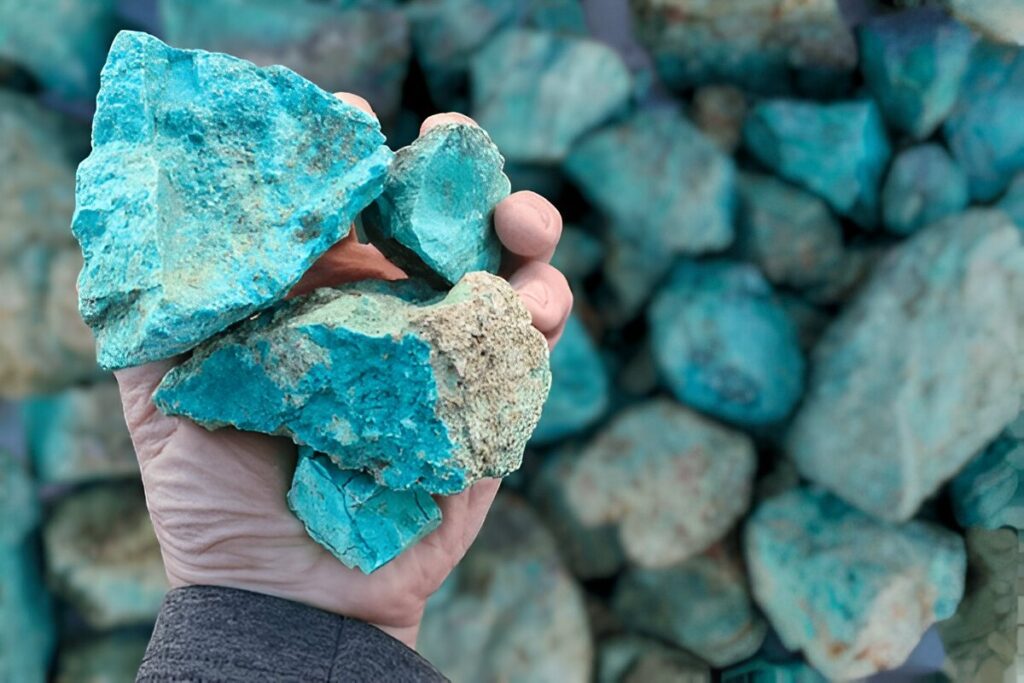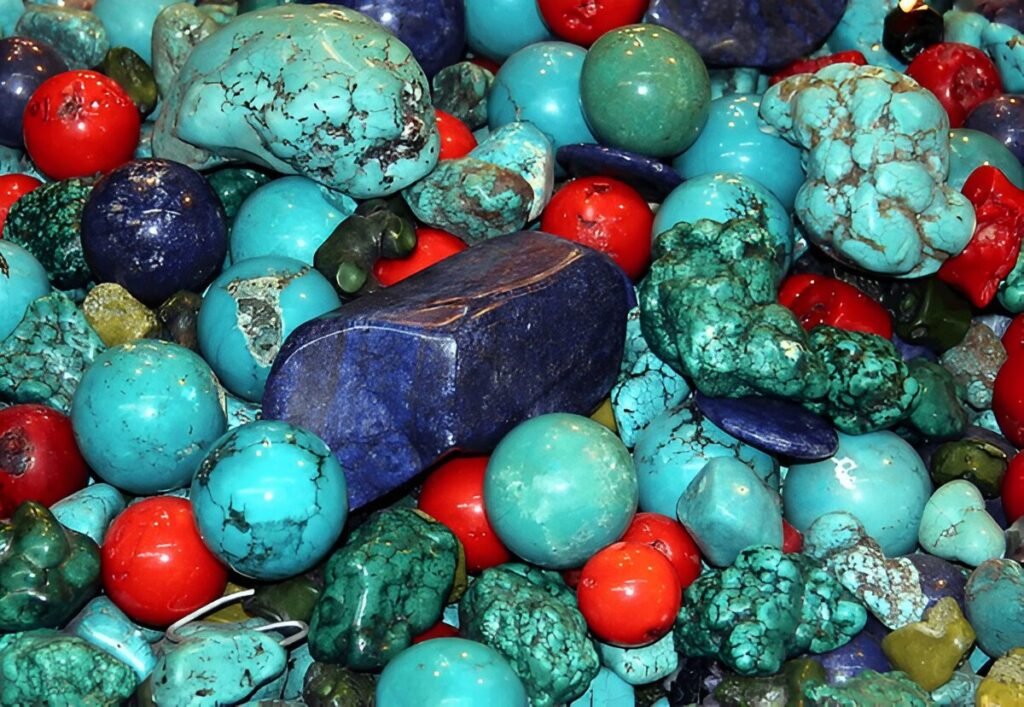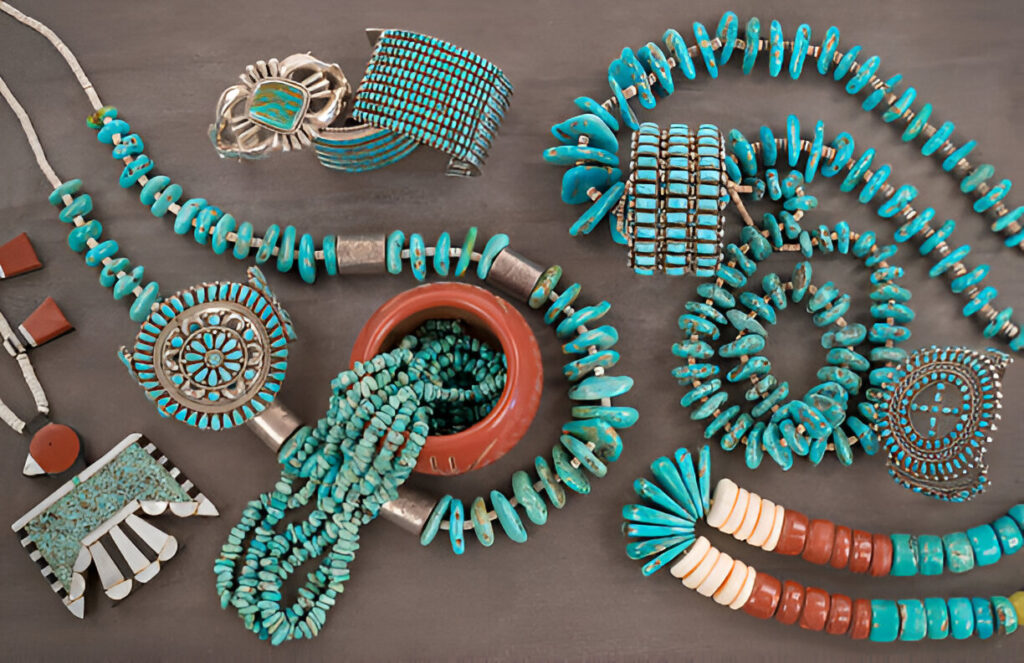The Green-Blue Debate: Is it Turquoise or Variscite?
The world of gemstones often dazzles us with a rainbow of colors, but few shades spark as much curiosity as the green-blue hues found in turquoise and variscite. Many people face the same question when admiring these stones: is it turquoise or variscite? While the two may look quite similar, understanding their differences is key for collectors, jewelers, and enthusiasts alike. Let’s explore the green-blue debate to uncover what sets turquoise and variscite apart.
What Makes Turquoise and Variscite Unique?
Turquoise has enchanted humans for thousands of years. Ancient Egyptians, Native American tribes, and Persian cultures all valued it for its bright blue-green colors and spiritual significance. Chemically, turquoise is a copper and aluminum phosphate, which gives it its well-known vibrant hues.
Variscite, though less famous, is equally interesting. This phosphate mineral contains aluminum and shows shades that often lean more strongly toward green than blue. Variscite is found mainly in the American Southwest, Germany, and Australia. Its colors are softer, sometimes described as apple green or lime green, offering a more subtle charm than the bold blues of turquoise.
Identifying Turquoise or Variscite: Key Differences in the Green-Blue Debate
You might wonder how to distinguish variscite from turquoise when their colors overlap. Here are practical tips to tell them apart:
- Color shades: Turquoise generally has a stronger presence of blue, ranging from sky blue to teal. Variscite tends to embrace greener tones, often appearing more lime or minty.
- Matrix patterns: If the vein patterns catch your eye, turquoise usually exhibits bold black, brown, or tan web-like networks. Variscite’s veining is often less striking—sometimes even creamy or white.
- Surface glow: Turquoise often shines with a glassy luster, whereas variscite has a softer waxy or silky finish.
- Hardness: Although close, turquoise rates slightly harder (5-6 on Mohs scale) than variscite (4.5-5). This affects their resistance to scratches.
- Market availability: Turquoise is widely available and often used in jewelry, while variscite is less common and sometimes more expensive due to its rarity.
Why Does the Turquoise vs. Variscite Question Matter?
This debate goes beyond mere curiosity. Knowing which stone you have affects several important factors:
- Authentic value: Jewelers and collectors rely on accurate identification to maintain the value and trustworthiness of their pieces. Mistaking variscite for turquoise or vice versa can confuse the market and disappoint buyers.
- Care instructions: Since hardness and composition differ, care routines differ too. For instance, variscite’s lower hardness means it can scratch more easily, so it needs gentler treatment.
- Cultural importance: Turquoise carries heavy symbolic weight across many cultures, often linked to protection and good fortune. Variscite is spiritually meaningful too, but its historical impact is less prominent.
- Design impact: For artisan jewelers, the choice between turquoise and variscite shapes the final look and durability of their work. Designers must know the stone to craft pieces that last and look stunning.
Tools and Tips to Unmask Turquoise or Variscite
If you’re browsing jewelry stores or rock shops, here are some actions you can take to solve the green-blue mystery:
- Ask sellers detailed questions about the stone’s origin and treatment.
- Look for certification or gemological reports to back up claims.
- Examine the stone closely with a magnifier to study matrix patterns and sheen.
- Pay attention to smell—some treated or synthetic stones emit unusual odors when warmed, unlike authentic turquoise or variscite.
The History and Stories Behind the Stones
Ever wondered why “turquoise” sounds like “Turkey”? The name comes from French traders finding the stone along trade routes passing through Turkey. However, most turquoise on the market today comes from the American Southwest or Iran. Variscite, named after the Variscia region in Germany where it was first identified, remains rare in comparison but cherished for its gentle hues.
Enjoying the Best of Both Worlds
This green-blue debate isn’t about picking sides. Both turquoise and variscite offer unique beauty and history. Instead of battling over which stone is “better,” why not celebrate their differences? Whether it’s the bold, enduring allure of turquoise or the soft, rare grace of variscite, each adds a special color to the world of gemstones.
If you want to impress friends or feel a bit more confident browsing jewelry counters, these insights help you appreciate the subtle artistry behind these stones. The next time you see that stunning green-blue gem, you’ll have a story to share—not just about the stone’s color, but about its origin, symbolism, and character.
Embrace the Mystery and Beauty
In the end, whether it’s turquoise or variscite, these gemstones invite us to appreciate the fascinating blend of nature’s art and human culture. They remind us that every stone carries a tale—of earth’s history, ancient traditions, and the simple joy of admiring something truly unique. The green-blue debate may never fully end, but that’s part of the fun. So next time you’re wondering, just smile, enjoy the mystery, and wear your green-blue gem with pride.
Would you like me to add some tips on caring for these stones, or perhaps highlight notable sources where you can find authentic turquoise and variscite?
Inspired by;
https://gemstonebank.com/section/library/turquoise/





